Trusted since 1963
Welcome to the PH Jones
Introduction to Hot Water Cylinders
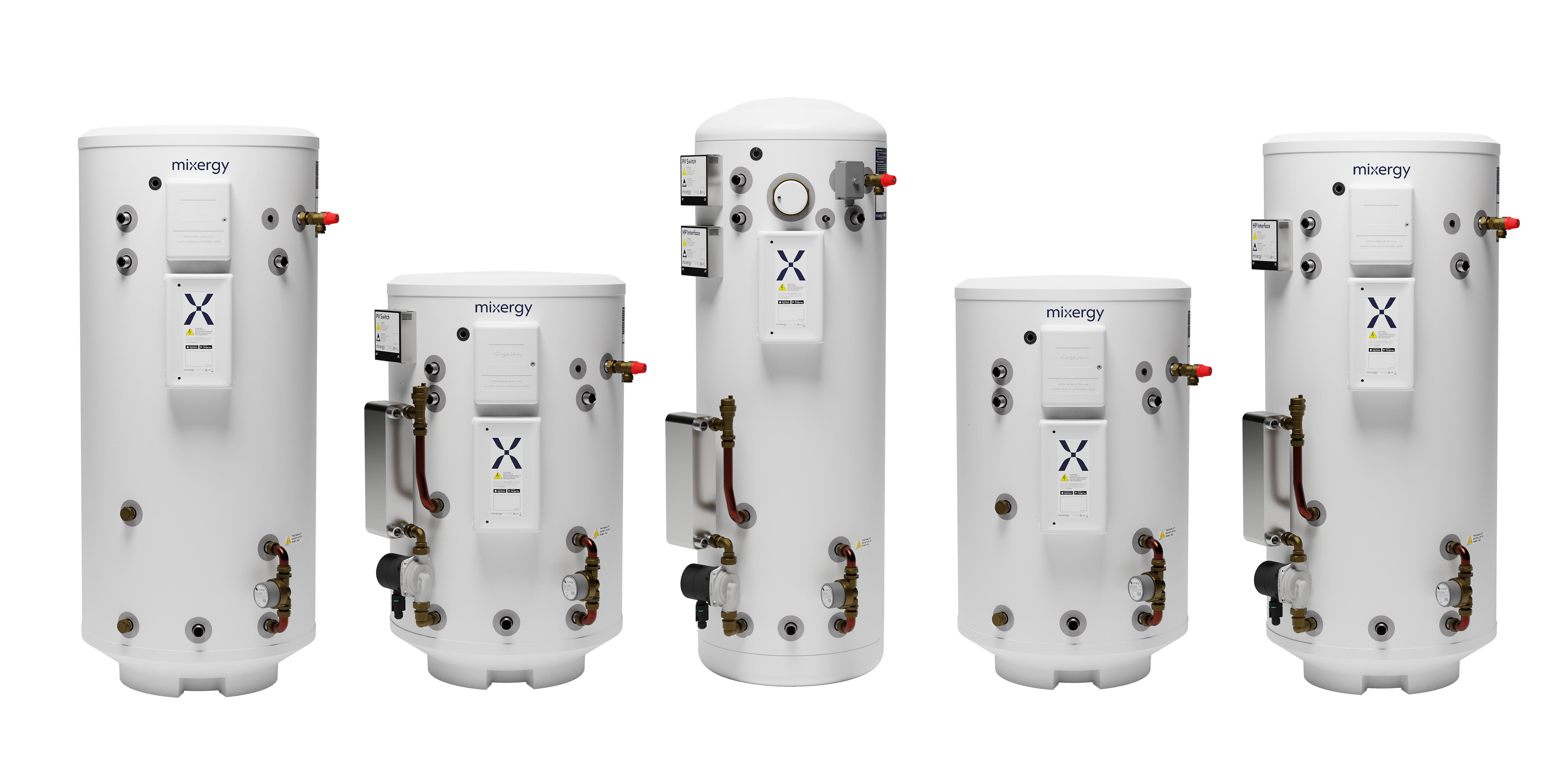
Cylinder Types
Direct
Direct cylinders are designed so that the heat source has direct contact with the water being heated in the cylinder, usually via an immersion heater. These types of cylinders are typically found in properties where the heating system does not use fluid to transfer heat, as with an electric storage heater. It is common for the property to have an off peak/dual electrical supply commonly known as Economy 7 so that the hot water can be heated overnight on lower electricity rates.
Indirect
Indirect cylinders heat the water within the cylinder without the primary heat source, eg. a boiler or heat pump, coming into direct contact with the water. They normally use a coil where heated fluid is pumped around the coil inside the cylinder. This energy transfers to the water contained in the cylinder through convection without coming into direct contact with the water in the cylinder. The exception to this is a thermal store.
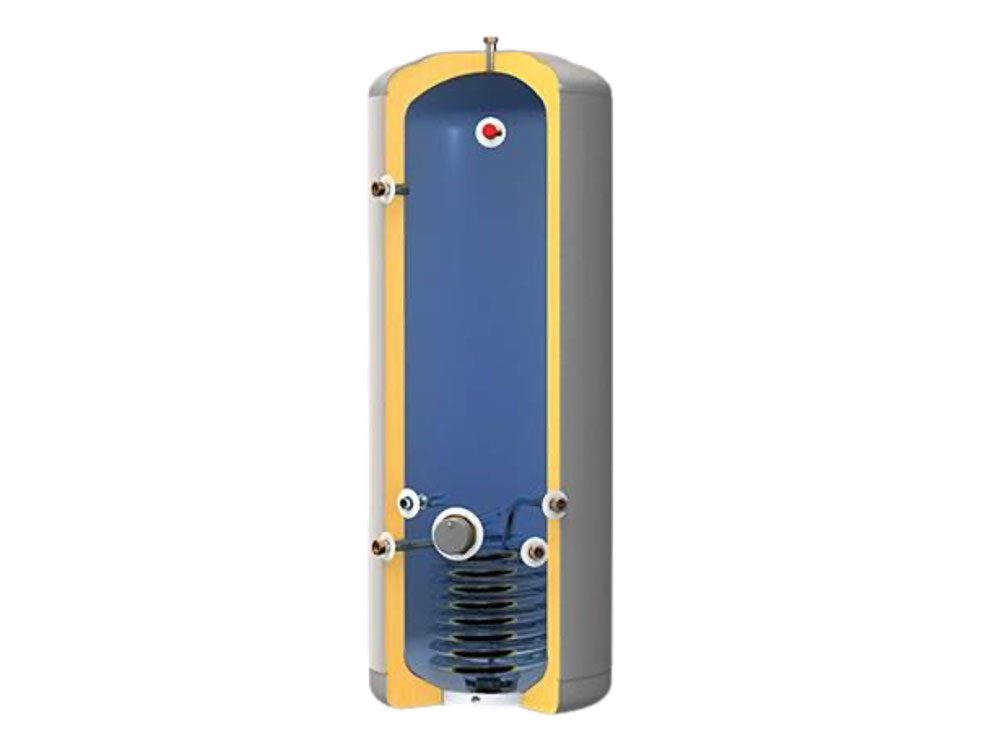
Cylinder Types
Open Vented
Open vented cylinders work on gravity where the water to be heated is supplied by either an integrated storage tank at the top of the cylinder or more commonly a cold-water storage tank in the loft. These systems have lower water flow rates, as they rely on simple gravity for the hot water pressure. A pump can be added to boost pressure on these systems. These are a good choice where the incoming mains water pressure and flow rates are low.
Unvented
Unvented hot water cylinders are a mains-pressurised solution. They are directly fed from the water main and ideal for multiple tap operation and a strong shower without the need for a pump They do not require a cold water storage tank. Made from stainless steel, these cylinders usually attract a 25 year warranty.
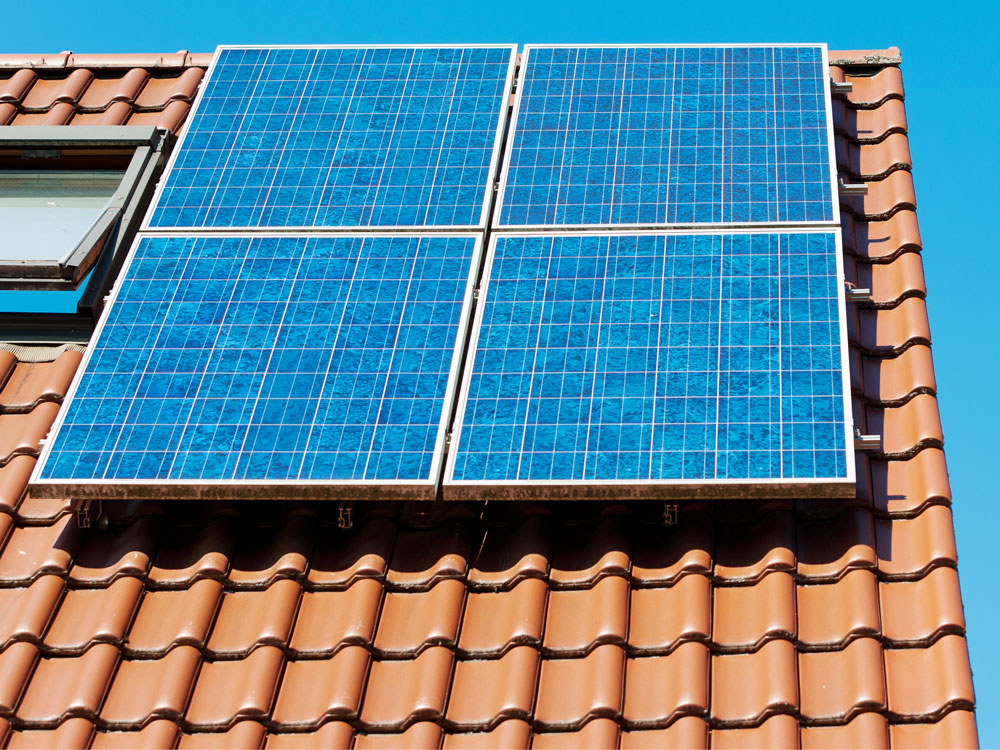
Cylinder Types
Twin Coil
Twin coil cylinders are designed to connect two heat sources to the same cylinder with each heat source connecting to a different coil, thereby preventing the water from the two different sources from mixing. An example of this would be a conventional system connected to one coil and solar thermal connected to the other. It is particularly important that the fluid from the two different systems do not mix, as the heating system will contain inhibited water and the solar thermal a glycol solution due to the panel being mounted outside of the property envelope.
Thermal Store
Thermal stores work in reverse to a traditional cylinder. The heating system connects directly to the main body of water and heats this just as it would a radiator or buffer tank. This heated body of water is not suitable for use as it will contain the inhibitors and chemicals of the main heating system. A large coil sits within the cylinder and, when hot water is needed, the cold water enters one end of the coil and picks up heat from the surrounding water as it passes through the coil, delivering mains pressure hot water out the other side of the coil. An advantage of thermal stores for heat pump systems is that the water volume counts towards the system volume and can often remove the need for a separate buffer tank.
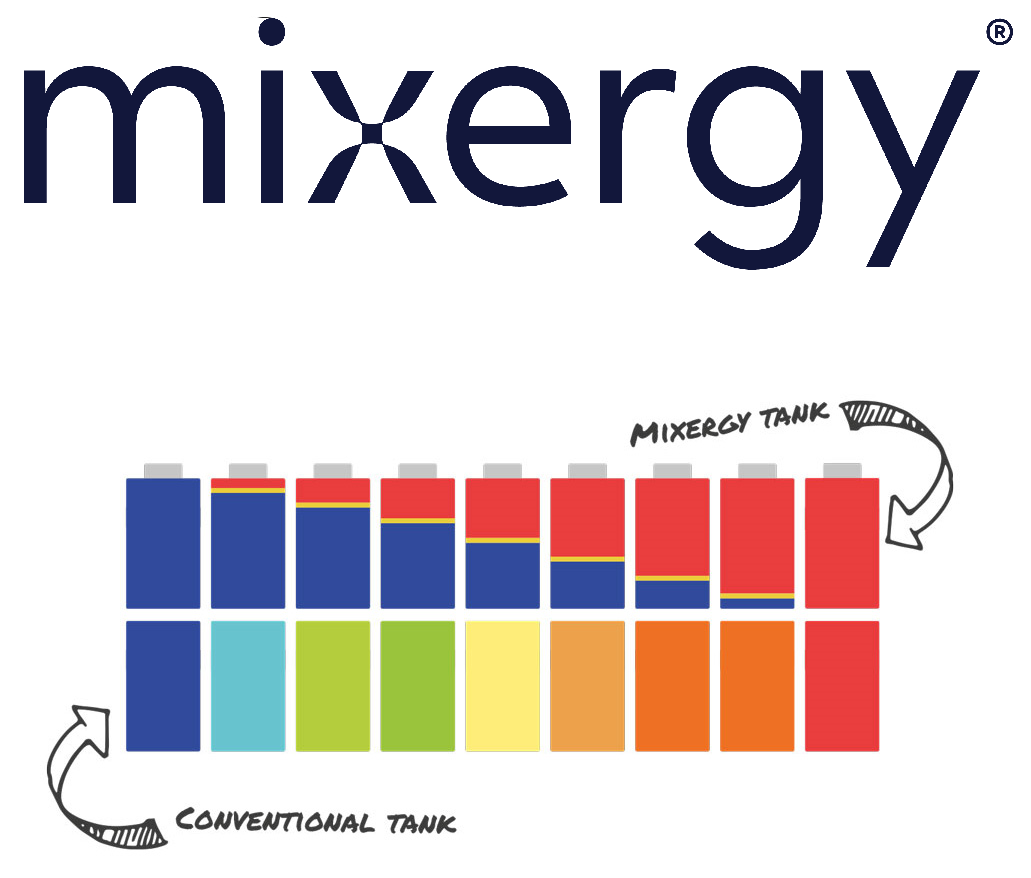
Mixergy - Principle
Mixergy are an advanced design of cylinder heating from the top down rather than bottom up, using the principle of a thermocline where hot water naturally sits on top of cold. The best example of this is if you have ever swum in the sea and stood up, you will have found that the water on the top half of your body feels warmer than the bottom half. This principle is combined with a diffuser at the base of the cylinder to prevent the cold water from churning upon entry and keeping the hot water you have paid to heat useable. This more efficient process allows a physically smaller cylinder to be specified, thus saving space or, if replacing the same size as a traditional cylinder, providing the resident with more usable hot water. Heating from the top down also ensures that hot water is available faster for use by the resident.
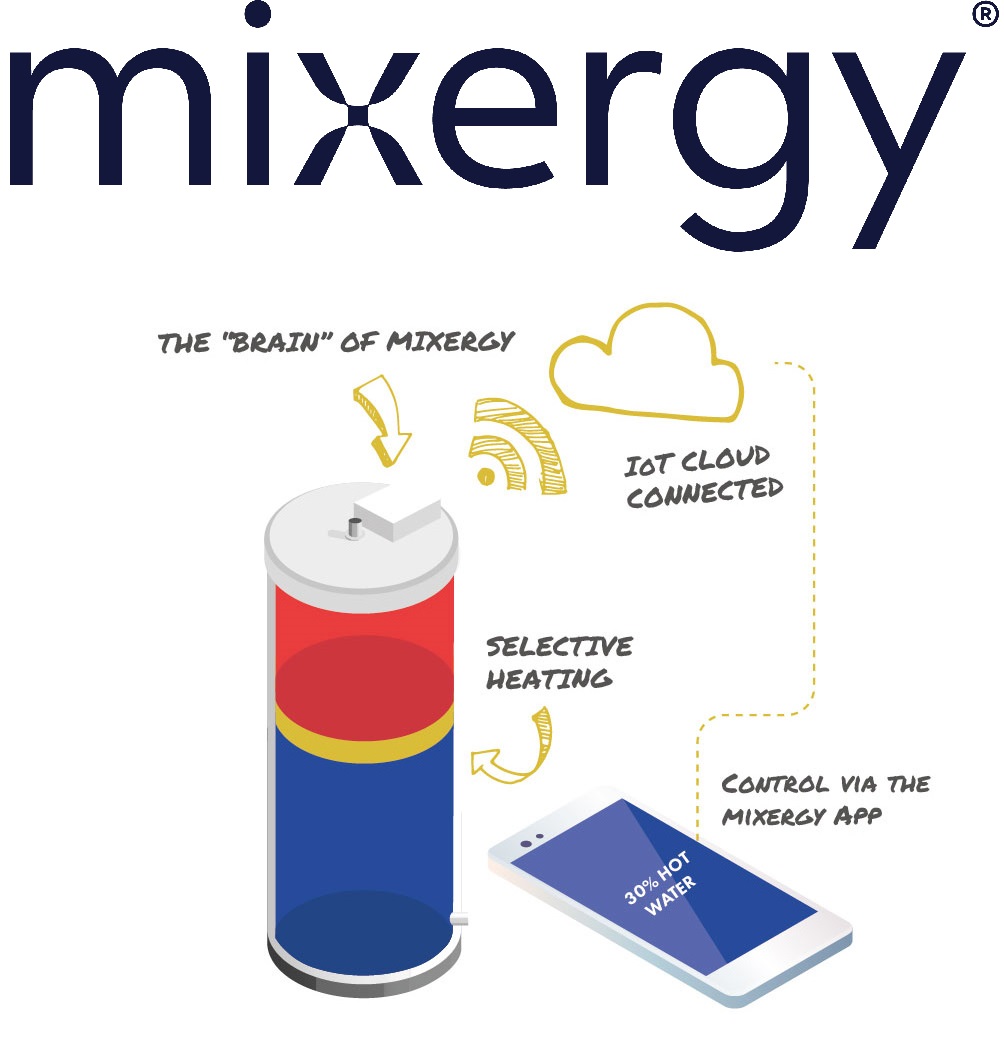
Mixergy - Benefits
Resident
• Lower hot water bills by up to 40%
• Water available up to 10x faster
• Visibility of hot water level prevents unnecessary boosting
• Tank has a holiday mode to save wasting energy whilst away
• Learns residents usage to only heat what you need
Landlord
• Shown to save around 12% of CO2 emissions
• No regrets purchasing decision as product is upgradeable for future renewables compatibility
• Improve boiler performance by 21% (Energy Savings Trust verified)
• Safeguard investment as Mixergy is future-proofed to work with gas/electric/PV and heat pumps
• Can be upgraded to connect to any heat pump in the future
• Cloud connectivity for remote diagnostics
• Automatic sterilisation
• 25 year warranty
• Connects to existing pipework and wiring
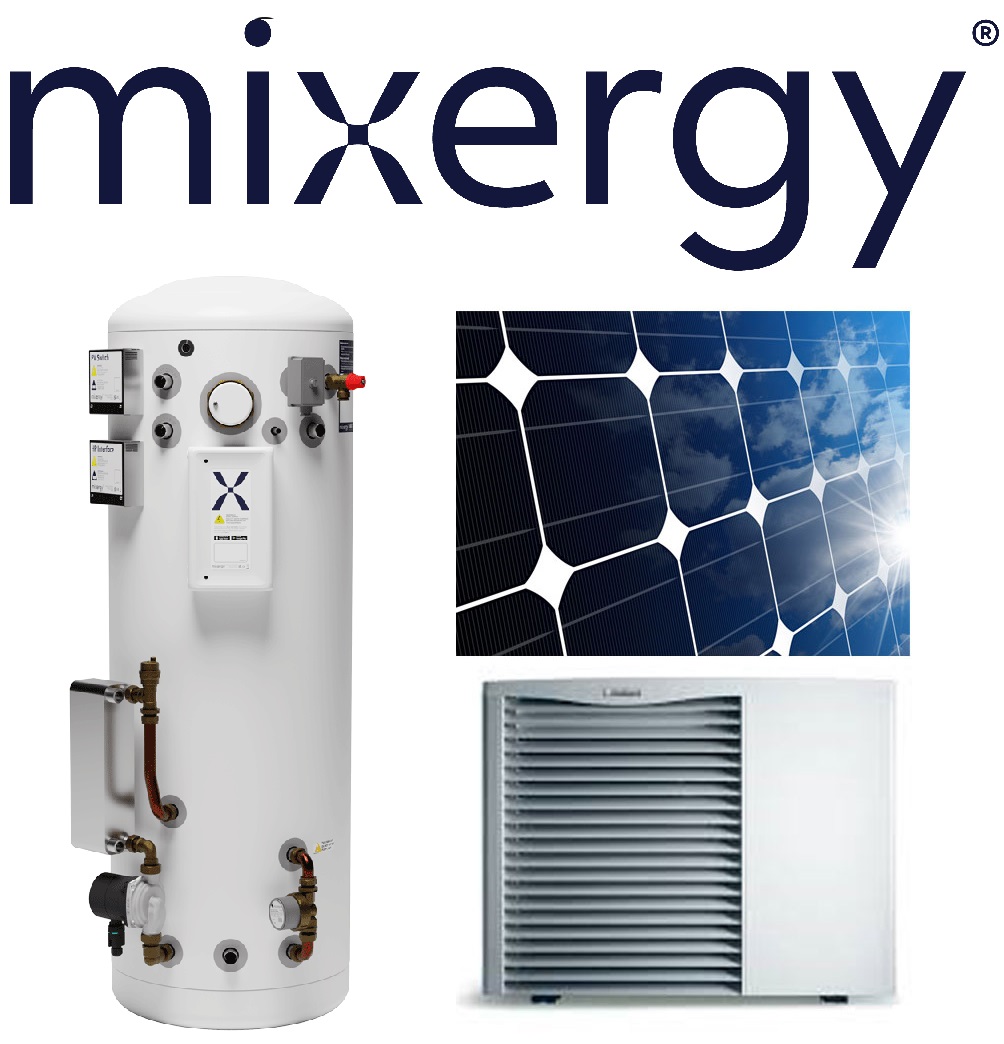
Mixergy - NZC Future Proofed
An optional Mixergy modulating solar PV diverter can be fitted to capture any surplus energy generated by a home’s solar array and store this energy as hot water as a type of heat battery. Modulating the diverter ensures that you are only using surplus energy from the solar array. As an example, if your solar panels were generating 3kw of electricity and the home was using 2kw of this generated electricity, the diverter would sense that 1kw of electricity was surplus and being sent back to the grid. The diverter would then automatically divert the 1kw of surplus energy to the cylinder’s immersion heater until the cylinder is fully charged. It can modulate in increments of 100w, so if the amount of surplus energy were to change it would automatically modulate accordingly. Linking solar PV to the home’s hot water will give an improved SAP rating for the property.
This link is of particular benefit for heat pump systems, as heating water is one of the most energy-intensive tasks a heat pump performs.
If you would like to know more please do not hesitate to contact the team; customerstrategy@phjones.com